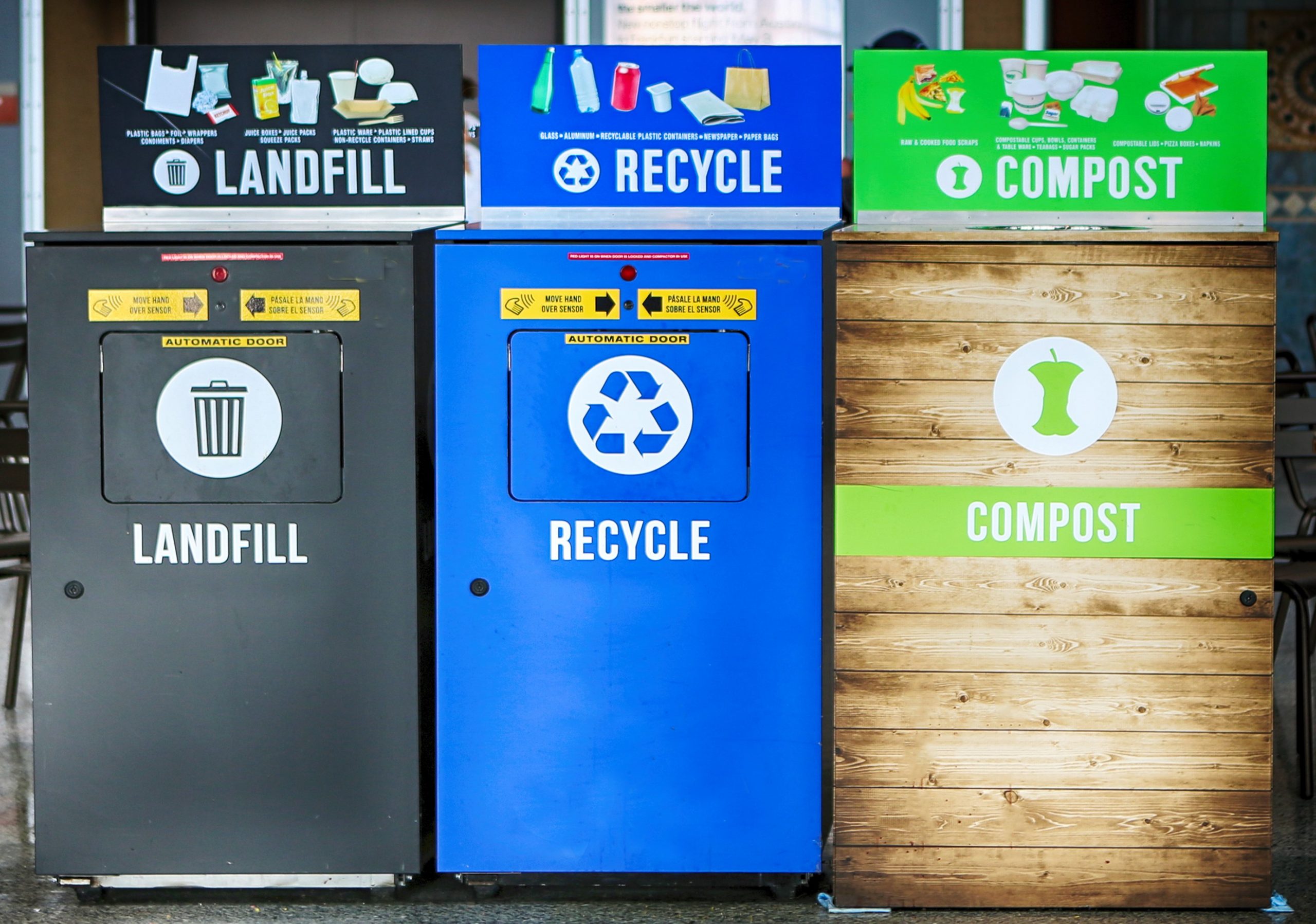Health and Science Strategic Communication

Moving from Directives toward Audience Empowerment: A Typology of Recycling Communication Strategies of Local Governments
Just when most people have become accustomed to existing recycling practices, municipalities and community members are having to change course due to the 2018 Chinese National Sword policy, which bans most U.S. imported solid waste. As a result, what was once recyclable may no longer be and can cause large swaths of materials to be considered contaminated if not properly sorted, resulting in the entire segment being rendered unrecyclable and possibly fines for the municipality.
How does a local government effectively communicate these process changes when recycling habits are ingrained in daily routines? University of Florida College of Journalism and Communications researchers Janice L. Krieger, director of the STEM Translational Communication Center, and doctoral student Donghee Lee evaluated communication strategies from 30 counties in a large and diverse state. The research identified six distinct types of recycling communication patterns employed by municipal solid waste county governments.
According to the study authors, the key factor is audience engagement because people can hear a message numerous times and never actually act on that message. The dilemma is how to break through all the noise and encourage action. As the researchers noted, apathy and disinterest in recycling are prevalent in communities where information simply is thrown at residents.
Instead, the study suggests opening a dialogue with community members to encourage improved recycling habits. The research identified two communication approaches: The deficit reduction approach, which provides educational efforts to increase awareness and knowledge about recycling and contamination; and the translational approach, an interactive approach that interprets recycling information using languages and expressions that are understandable to the intended audience.
Within those approaches, they identified three types of customization: single channel, which reflects simply providing access to recycling information; multichannel, using several channels or strategies to increase the message exposure, regardless of audience wants and needs; and audience-centered, which describes perspective-taking in message planning, development, and implementation.
The least effective type was one-way education and reinforcement of recycling instructions (sending out a pamphlet or flyer) and the most beneficial was finding ways to speak face to face with residents to explain how recycling helps their community. Along the continuum of delivery methods developed by the study, municipalities can determine what is most feasible both financially and logistically for them.
The bottom line: the more active the approach, the more likely residents are to modify existing recycling approaches. In addition, when information is sent through multiple media platforms or channels, there is the possibility for confusion and misunderstanding. Therefore, it is important for each community to not only analyze their goals regarding recycling initiatives but also their financial and logistical means before an effective communication plan can be devised.
This research provides a context and a best-communication-practices guide for practitioners to adapt and implement in their recycling communications campaigns. Findings from this research provide a groundwork to develop a communication training intervention to optimize the recycling campaign outcomes of a municipality. Future research may elaborate on how best to overcome barriers to recycling properly through targeted media campaigns.
The original article, Moving from Directives Toward Audience Empowerment: A Typology of Recycling Communication Strategies of Local Governments, was published in Sustainability on March 30, 2020.
Authors: Donghee Lee and Janice L. Krieger
This summary was written by Dana Hackley, Ph.D.
Posted: June 15, 2020
Tagged as: Donghee Lee, Janice Krieger, Recycling


